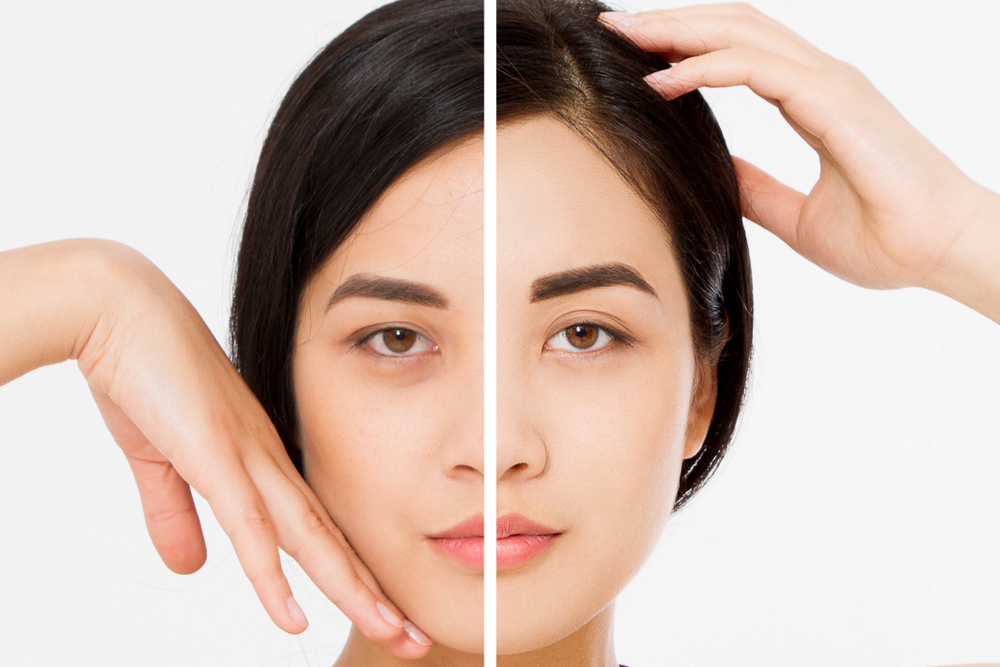Want to erase the signs of aging? Many Americans seek to smooth wrinkles, get rid of sunspots and improve the appearance of scars, all in an effort to look younger. Each year, these Americans turn to cosmetic treatments, lasers and prescription medications to rejuvenate the skin, but how do these tools actually work to make skin look more youthful? Researchers at Johns Hopkins University may have figured it out.
Researchers at the university have discovered that laser skin-rejuvenation treatments and retinoic acid, a vitamin A derivative, have a molecular pathway.
They also found that when this pathway, which enables skin cells to sense free RNA molecules, is enhanced in laboratory mice, it can regenerate hair follicles.
Results of the study are published in the June 26 issue of Nature Communications.
The study authors believe that understanding the biological connection between cellular damage and skin regeneration could lead to the development of new ways to treat common complaints about aging.
“Things like wrinkles, fine lines, creases and sagging are common frustrations among many patients,” said Dr. Mayli Davis, a Colleyville, Texas, ophthalmologist.
The research isn’t all a surprise scientists have known for decades that mice can regenerate hair follicles even after suffering a deep cut – unlike humans.
Why is this?
This hair-follicle regeneration is due to loose pieces of RNA, known as self-non-coding double-stranded RNA (dsRNA), that help to facilitate this regeneration. Researchers think this happens because dsRNA is released by injured cells at a wound site.
The Johns Hopkins researchers also wondered if dsRNA played a role when the skin is “wounded” during skin-rejuvenation treatments.
Micro-needling, facial dermabrasion and some laser therapy treatments involve temporary damage to skin cells. This sparks new skin cell growth to replace damaged or aged skin cells.
“These procedures are designed to create cell turnover, which is what gives you a more youthful appearance overall,” Davis said.
To test their theory, researchers took skin cell biopsies from 17 patients in laser skin-rejuvenation treatment at the Johns Hopkins Hospital to treat sunspots and wrinkles.
The participants were Caucasian women, and the average age of the group was 55. Laser skin-rejuvenation treatments were performed on both their faces and their arms, with skin biopsies taken before the procedure and one week after the laser treatment.
The researchers then analyzed and compared the levels of gene expression in each sample and found that the genes that sense dsRNA were expressed at higher levels after the procedure. They also found that the genes that produce the skin’s natural retinoic acid were expressed at higher levels after the procedure.
Next, they analyzed isolated human skin cells with loose dsRNA, which mimicked the effects of laser treatment. The level of retinoic acid inside these cells had increased 10 times.
Commercially produced retinoic acid is commonly used to treat aging issues such as wrinkles and sunspots.
The study is the first to discover that laser rejuvenation and retinoic acid use the same molecular pathways.
The Maryland researchers hope their research helps to develop new ways to combine retinoic acid and laser treatments to create powerful ways to treat the signs of aging.
Source: Johns Hopkins Medicine. “Loose RNA molecules rejuvenate skin.” ScienceDaily. ScienceDaily, 15 July 2019.






